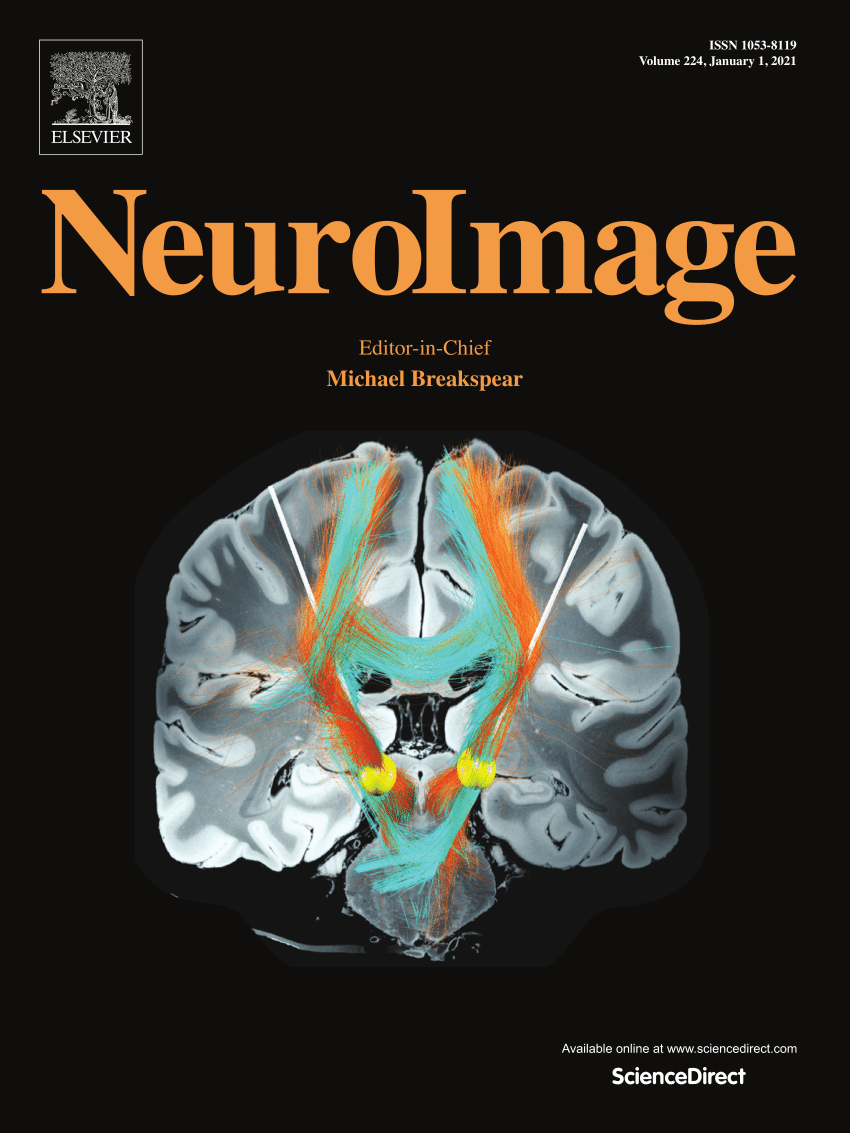The changes in neural complexity and connectivity in thalamocortical and cortico-cortical systems after propofol-induced unconsciousness in different temporal scales
IF 4.5
2区 医学
Q1 NEUROIMAGING
引用次数: 0
Abstract
Existing studies have indicated neural activity across diverse temporal and spatial scales. However, the alterations in complexity, functional connectivity, and directional connectivity within the thalamocortical and corticocortical systems across various scales during propofol-induced unconsciousness remain uncertain. We analyzed the stereo-electroencephalography (SEEG) from wakefulness to unconsciousness among the brain regions of the prefrontal cortex, temporal lobe, and anterior nucleus of the thalamus. The complexity (examined by permutation entropy (PE)), functional connectivity (permutation mutual information (PMI)), and directional connectivity (symbolic conditional mutual information (SCMI) and directionality index (DI)) were calculated across various scales. In the lower-band frequency (0.1–45 Hz) SEEG, after the loss of consciousness, PE significantly decreased (p < 0.001) in all regions and scales, except for the thalamus, which remained relatively unchanged at large scales (τ=32 ms). Following the loss of consciousness, inter-regional PMI either significantly increased or remained stable across different scales (τ=4 ms to 32 ms). During the unconscious state, SCMI between brain regions exhibited inconsistent changes across scales. In the late unconscious stage, the inter-regional DI across all scales indicated a shift from a balanced state of information flow between brain regions to a pattern where the prefrontal cortex and thalamus drive the temporal lobe. Our findings demonstrate that propofol-induced unconsciousness is associated with reduced cortical complexity, diverse functional connectivity, and a disrupted balance of information integration among thalamocortical and cortico-cortical systems. This study enhances the theoretical understanding of anesthetic-induced loss of consciousness by elucidating the scale- and region-specific effects of propofol on thalamocortical and cortico-cortical systems.
不同时间尺度异丙酚致无意识后丘脑皮质和皮质-皮质系统神经复杂性和连通性的变化
现有的研究表明,神经活动跨越不同的时间和空间尺度。然而,在异丙酚诱导的无意识过程中,不同尺度的丘脑皮质和皮质系统的复杂性、功能连通性和定向连通性的改变仍然不确定。我们分析了前额叶皮层、颞叶和丘脑前核的大脑区域从清醒到无意识的立体脑电图(SEEG)。在不同尺度上计算了复杂性(通过排列熵(PE)检验)、功能连通性(排列互信息(PMI))和方向连通性(符号条件互信息(SCMI)和方向性指数(DI))。在低频带(0.1 ~ 45 Hz) SEEG中,意识丧失后,PE显著降低(p <;0.001)在所有区域和尺度上,除了丘脑,它在大尺度上保持相对不变(τ=32 ms)。意识丧失后,区域间PMI在不同尺度上要么显著增加,要么保持稳定(τ=4 ms至32 ms)。在无意识状态下,大脑区域间的SCMI表现出不一致的跨尺度变化。在无意识后期,所有尺度的区域间DI表明,大脑区域之间的信息流从平衡状态转变为前额叶皮层和丘脑驱动颞叶的模式。我们的研究结果表明,异丙酚诱导的无意识与皮层复杂性降低、功能连接多样化以及丘脑皮质和皮质-皮质系统之间信息整合平衡被破坏有关。本研究通过阐明异丙酚对丘脑皮质和皮质-皮质系统的规模和区域特异性作用,增强了对麻醉引起的意识丧失的理论认识。
本文章由计算机程序翻译,如有差异,请以英文原文为准。
求助全文
约1分钟内获得全文
求助全文
来源期刊

NeuroImage
医学-核医学
CiteScore
11.30
自引率
10.50%
发文量
809
审稿时长
63 days
期刊介绍:
NeuroImage, a Journal of Brain Function provides a vehicle for communicating important advances in acquiring, analyzing, and modelling neuroimaging data and in applying these techniques to the study of structure-function and brain-behavior relationships. Though the emphasis is on the macroscopic level of human brain organization, meso-and microscopic neuroimaging across all species will be considered if informative for understanding the aforementioned relationships.
 求助内容:
求助内容: 应助结果提醒方式:
应助结果提醒方式:


